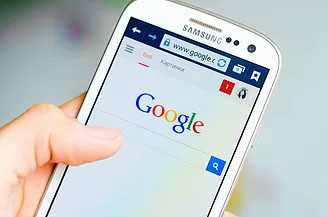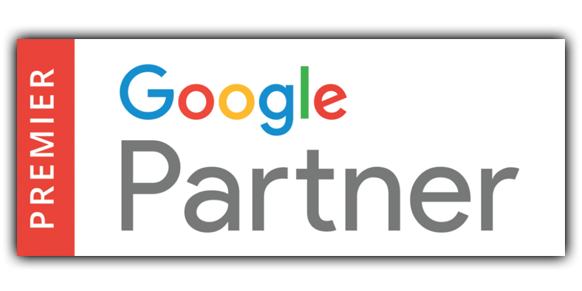Adwords or SEO?
Adwords and SEO are always really great topics at our Marketing Boot Camps, and I am sure this Fall Boot Camp will be no exception. As I write this article, Boot Camp is two weeks away and I am looking forward to my presentation because there are some new things going on with Google that I feel are real game changers.
On Google, there are two basic ways to get your message to potential customers: Organic search results (a function of SEO) or Paid search results (AdWords).

SEO, or search engine optimization, is the process of affecting the visibility of a website in a search engine’s unpaid (organic) search results. There are roughly a bazillion different things that make up good SEO, from proper setup of your website architecture, to correct business listings, citations, social signals, etc. A lot of time, energy, and money are often spent to improve visibility in this way.
AdWords can be thought of as a “pay-to-play” kind of model. You set up campaigns, ad groups, and ads, and when relevant searches occur, you bid to jockey for a good position on the result page in an effort to get prospects to click on your ad and come to your site.
Over the past few years, there has been a murmur in the digital marketing community that SEO is dead (or dying). I have never bought into this philosophy (still don’t), but the digital landscape is definitely changing, and we need to pay attention.
Google is in the business of providing the best possible results for a given search because doing so translates into user trust and PROFIT. Google is in the business of making money – and they are VERY good at it.
Historically, the layout of a search results page consisted of two or three AdWords ads across the top, organic results beneath them (usually 10 to 12 results), and 6-8 more AdWords ads down the right side of the page. This layout worked well for a long time, and it was pretty easy to see how SEO and AdWords were both pretty important. You want to be on page one, because everyone knows that the best place to hide a body is on page two of a Google search result.
With the rise of smartphone use over the past several years, the nature of search has changed pretty significantly, and consequently, so have search result pages.
Searchers are now looking for more immediate results. As in, I’m in my car going to look for a “________,” so I pull out my phone and do a quick search. Now they are looking for directions, hours, and/or click to call option – all for someone who is local.
The increase in local search focus has led to a restructuring of the typical Google search result page, along with a major change that they began rolling out in August. All searches, desktop or mobile, now look pretty much the same.
Instead of the historic layout, what most searchers will see is 3 AdWords ads across the top, then the new “Google Snack-Pack” (yes, they really call it that), and 6 more AdWords ads down the right side of the page.
So what is the “Snack-Pack?” It’s a group of 3 Google Maps-type listings. I say they are maps-type listings, because they are different in a couple of interesting ways. They don’t have a click to call option, the actual address doesn’t show up in the results, and there is no direct link to the web site.
At first glance, the snack pack has some serious shortcomings. Hopefully, by the time you read this, they will have made some corrections.
Now, given the new layout, in most cases what searchers will see is all paid ads and 3 map-type results. Any and all typical organic listings will be pushed below the fold. You’ll have to scroll to see them.
In essence, when you search your immediate results are Google products. Granted, at this point the map results aren’t paid, but there is some speculation about that in the future.
So why worry about SEO? A couple of reasons. First, SEO best practices make it easier for search engines to understand who you are, how credible you are as a business, and if your site is of high quality. These are the things that help you rise to the top organically. These are also the metrics that will help you appear as one of the three map results. Very important.
Just as important, SEO will affect your AdWords performance. Using AdWords in today’s business environment is a non-negotiable. One of the things that AdWords does, is look at the quality of your site, the content of your site, and your online credibility. All these things (and over 100 more) are put into their algorithm that eventually help them determine how much it costs you per click in AdWords.
Adhering to solid SEO best practices leads to a quality web presence, which bumps your organic presence and helps you save money on each click to your site from AdWords.
With a good AdWords campaign, you drive quality leads to a quality site that (because of good SEO practices) is well structured and leads to more conversions and a higher ROI.
It’s really not a question of which is more important, SEO or AdWords, because they work together. Both have to be good. So even while it might seem like an exercise in futility to pay attention to SEO practices given the way that AdWords results are 9 of the first 12 things you see on the average search result page now, it’s how you can appear in one of the other three spots and lower the expense of appearing in the first 9.
Talk soon.


